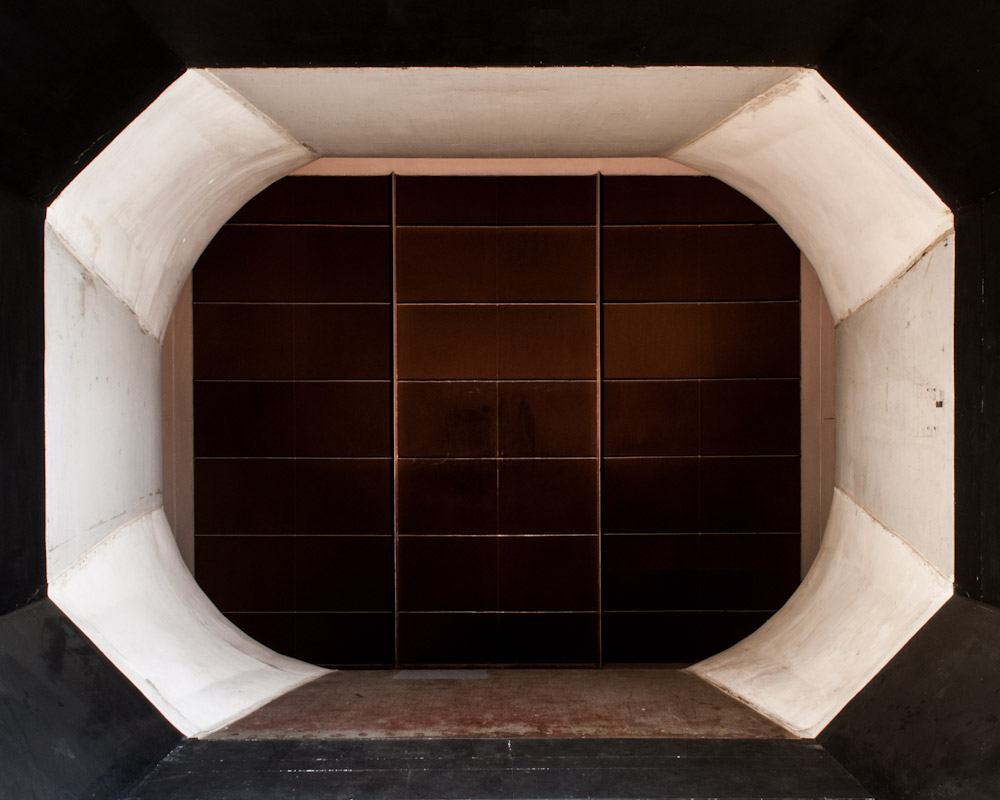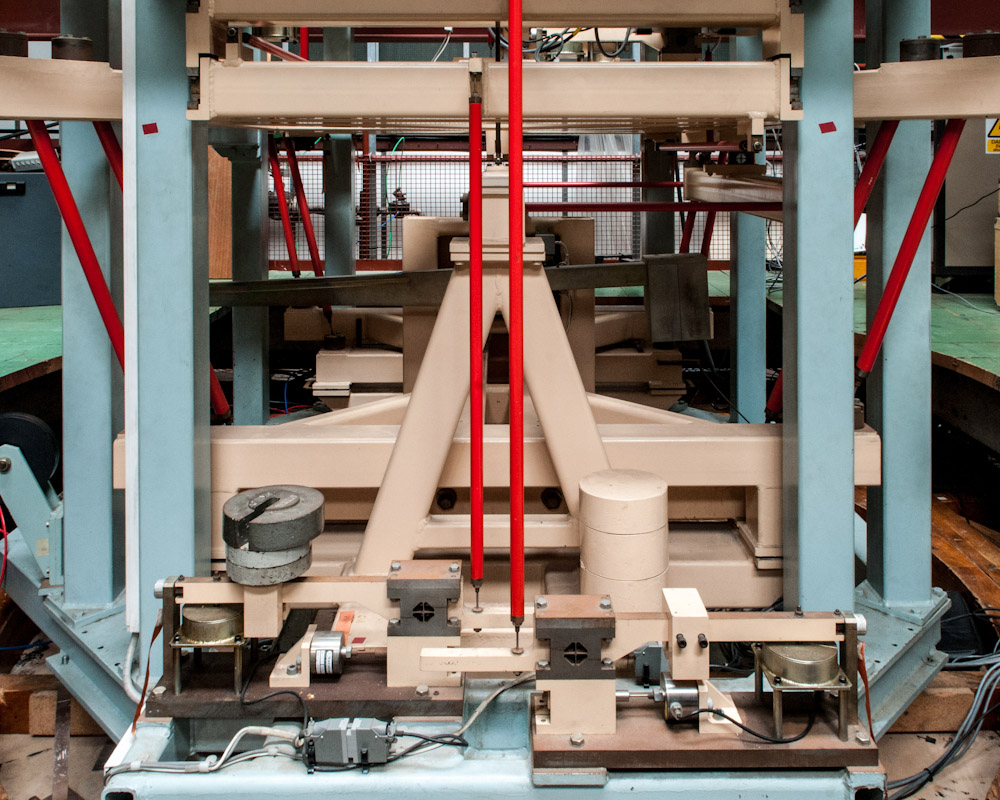The R J Mitchell Wind Tunnel at the University of Southampton is one of those places that you dream of when you are a little boy. The big propellers, the science fiction atmosphere - I kept on imagining the doors would suddenly lock, the propeller would start to turn, and I would turn around to see a stony faced underling staring at me through the glass of the control room as he turned the knob to make the propeller go faster. Then SPLAT.Luckily that didn't happen - actually the man in charge, Dr. David Mitchell, was very nice. I looked for the evil in his eyes before I got in the wind tunnel, but I couldn't see any, so I took my chances. The wind tunnel was built in the 80s, and named after R J Mitchell, the aeronautical engineer that designed the Spitfire Fighter and lived in Southampton while he designed it in the early 1930s. R J Mitchell once said "If anybody ever tells you anything about an aeroplane which is so bloody complicated you can't understand it, take it from me: it's all balls." That's always been my motto too.
The tunnel is normally used by Formula One racing teams, car companies and the aerospace industry; but recently, Sir Chris Hoy and his Team GB cycling buddies have been testing their bikes and helmets at the wind tunnel, and this helped them win all those golds in the London Olympics a couple of months ago. "The Secret Squirrel Club", led by legendary cyclist Chris Boardman, is the name for Team GB's research and development department - and there was a lot of talk about the technology that was used by the team during the Olympics. The French team was suspicious of them for covering up their wheels immediately after the race was over, accusing them of using "magic wheels", which led the British Cycling performance director to reply that the wheels are "specially round".







